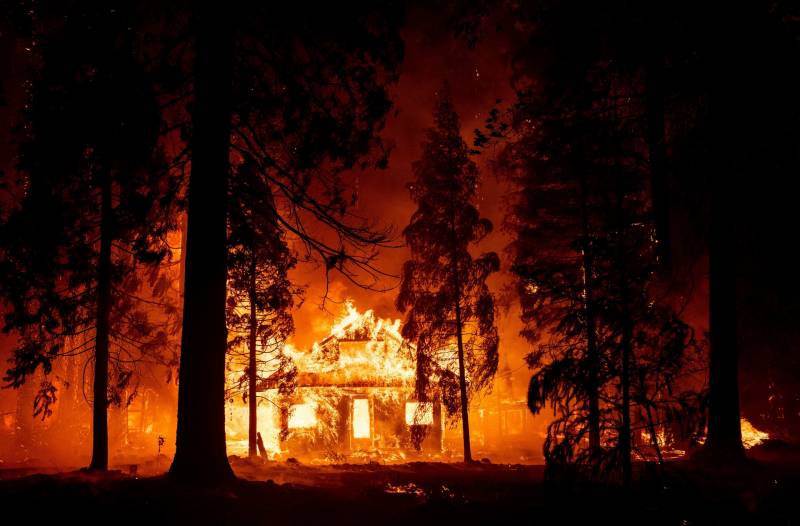Here are three things to watch for.
Climate Science Has Come a Long Way in the Last Decade
The new report will be the most comprehensive, detailed and accurate picture of the global climate ever released. The computer models that scientists use to predict how the climate will change in the future are a lot more advanced than they were a decade ago, when the last edition was published. And the data that feeds those models is also more robust, thanks to satellites, buoys and information about the historical climate gathered from rock, ice and mud.
Together, those advances allow scientists to say with more certainty how quickly the Earth is heating up, and how the extra heat being trapped by greenhouse gases will affect everything from sea levels and hurricanes to droughts and heat waves.
For this report, scientists considered all the climate research published before February 2021. That’s thousands of studies about the Earth’s atmosphere, oceans, forests and weather patterns. The meeting that kicks off today will focus on how to phrase key takeaways, such as how quickly the Earth is barreling toward the 2 degrees Celsius (3.6 degrees Fahrenheit) warming threshold set by the Paris climate agreement in order to avoid the most catastrophic effects of global warming.
There Are Five Future Scenarios that Scientists Imagine
A critical goal of the forthcoming report is to help governments make decisions about how to address climate change. The report won’t tell governments what to do, but it is meant to help leaders understand the effects of different policies.
For example, if humans stop burning coal immediately, it will dramatically reduce the rate of global warming. But what if humans stop burning coal in the next five years? Or ten years? Or what if solar panels get really cheap and population growth slows down? How does that affect climate change? The new IPCC report is meant to help answer such questions using a set of 5 hypothetical policy scenarios.
This is the first time the IPCC has used these scenarios, which are essentially a collection of imaginary worlds in which countries pursue different sets of climate policies.
For example, in one world countries work together to develop low-cost, low-carbon technologies and put them into use quickly for everyone. In another, some countries or groups of people transition very quickly to wind, solar and other clean energy sources while others move much more slowly. In a third imaginary world, nationalism surges around the world and governments focus on local energy and food security rather than global economic changes to reduce greenhouse gas emissions.
Each of the five scenarios takes into account population growth, GDP and a host of other demographic, economic and technological possibilities.
Under most of the scenarios, it’s still possible to keep global warming below the 2 degree Celsius threshold set by the Paris agreement, says Zeke Hausfather, a climate scientist at the University of California, Berkeley. In other words, there are many ways to address climate change, and the new report will help describe those options.
The Biden administration has promised to cut U.S. emissions in half by 2030, but has not released a specific plan for how to achieve that goal. A major infrastructure package that would invest in cleaner transportation and electricity is facing an uncertain future in Congress.
The Report Will Include Regional Information for the First Time
This is the first time the IPCC will break down its global climate science findings by region. That’s a big deal because the climate is changing in different ways depending on where you live. For example, the Arctic is warming about twice as fast as the rest of the Earth, and sea levels are rising much more quickly in some areas than in others.
But many countries don’t have the resources to systematically study how the climate is changing in their region, or what to expect in the future. That leaves governments in the dark about the rate of local sea level rise, for example, or the likelihood of regional drought or extreme rain. Without localized information, it’s impossible to prioritize infrastructure and housing that’s built for the climate of the future.
The forthcoming IPCC report includes a chapter on regional climate change. The IPCC is also releasing an interactive, online regional dashboard that allows policymakers to choose their region and see current and future climate conditions.

9(MDAxOTAwOTE4MDEyMTkxMDAzNjczZDljZA004))